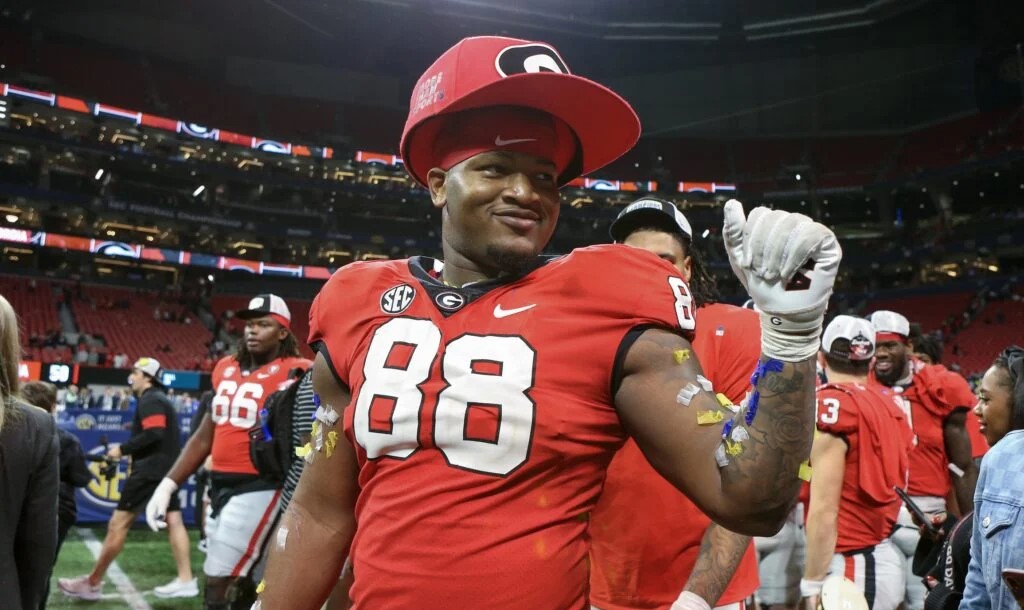The cap space will increase in 2024. Whether this will have a positive impact on the already disadvantaged running backs is doubtful
During the course of the last NFL season, the poor situation of running backs in the league was discussed several times.
Especially for the league’s top runners, comparatively poorly paid contracts, hardly any prospects for long-term contracts and a tarnished image made for a struggling running back market.
Time and again, running backs are given the franchise tag because they are unable to agree a long-term contract with their teams.
Last year, for example, Saquon Barkley (New York Giants), Josh Jacobs (Las Vegas Raiders) and Tony Pollard (Dallas Cowboys) – all three of whom played under the franchise tag – joined forces to discuss the modest situation of their position group.
Austin Ekeler of the Los Angeles Chargers and Derrick Henry (formerly of the Tennessee Titans) are also said to have attended the meeting.
Running back superstar Christian McCaffrey of the San Francisco 49ers also spoke about the problems he and his position colleagues are facing in 2023
The accusation: NFL teams lack any appreciation for running backs – even though all 32 franchises are just as dependent on a strong runner as they are on wide receivers, pass rushers or quarterbacks.
It is now clear that the cap space for each team will be around 30 million US dollars more in future. From 2024, there would therefore – in theory – be more money to give running backs appropriate contracts.
However, the first experts already doubt that this will happen. They predict, however, that the runners could be hit even harder after the restructuring.
Franchise tag salary for running backs rises again
In 2017, a ball carrier still received 12.1 million US dollars if he was franchise tagged. In 2023 it was only 10.09 million.
After all: in 2024, the franchise tag for backs is estimated at 11.95 million US dollars. With an increase of around two million US dollars, the trend is therefore heading upwards again.
But appearances are deceptive, as the distribution of top money is unlikely to change. Linebackers, quarterbacks and pass receivers will continue to be given big contracts – but not running backs.
After all, in Henry, Pollard, D’Andre Swift (Philadelphia Eagles), Barkley, Jacobs, Devin Singletary (Houston Texans) and Ekeler, seven top running backs are on the verge of free agency – all of whom achieved over 1,000 rushing yards in 2023.
In addition, Gus Edwards (Baltimore Ravens) and Zack Moss (Indianapolis Colts) scratched this mark and – as of now – will also become free agents.
Running backs still in poor negotiating position
Despite the increased franchise tag salary for running backs, the question is which teams will even pick up the option on a runner.
There are obviously a lot of good backs on the market, and franchises are more likely to sign a free agent than “waste” the franchise tag.
At the same time, this again worsens the negotiating positions of those running backs who will be on the market.
Weak draft year for running backs
In addition, there are probably no running backs coming out of college this year who could boost the salary structure of active NFL runners.
US experts don’t see the backs going until the second round of the draft – in some cases even in round three, according to “NFL Network” analyst Daniel Jeremiah.
A top prospect like Jahmyr Gibbs (Detroit Lions) or Bijan Robinson (Atlanta Falcons) is not expected to be available this year.
The running back market will not be fundamentally shaken up as a result of the draft. And so nothing is likely to change in the (bad) situation of the RBs.






Comments
No Comments